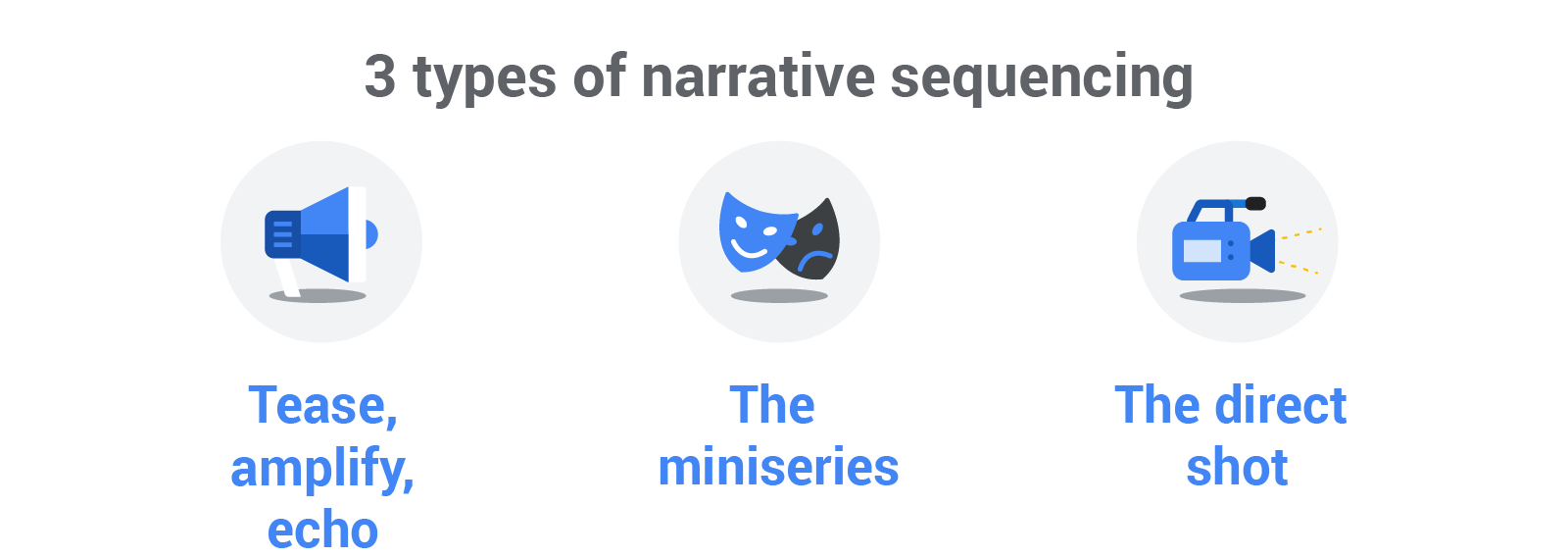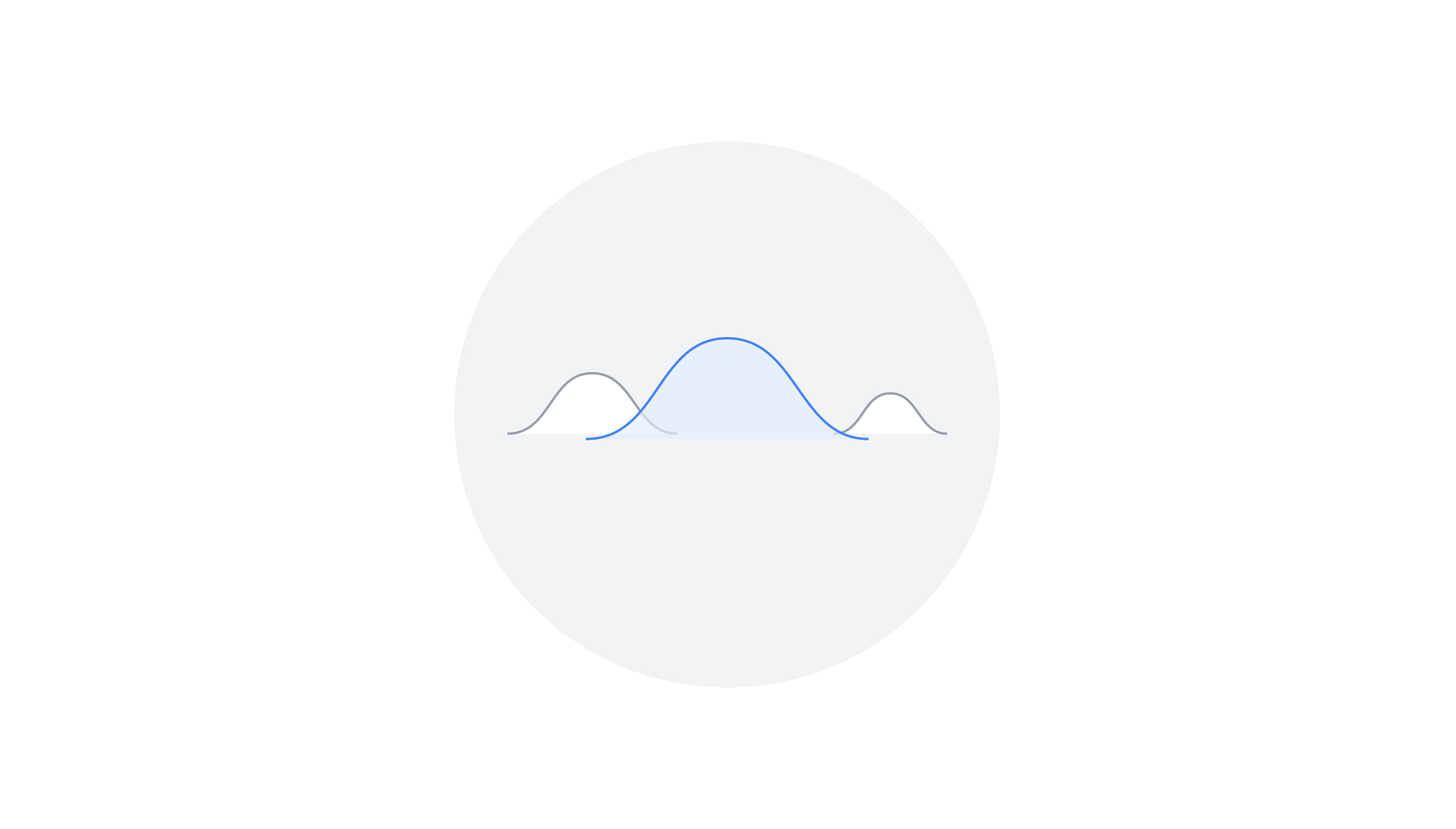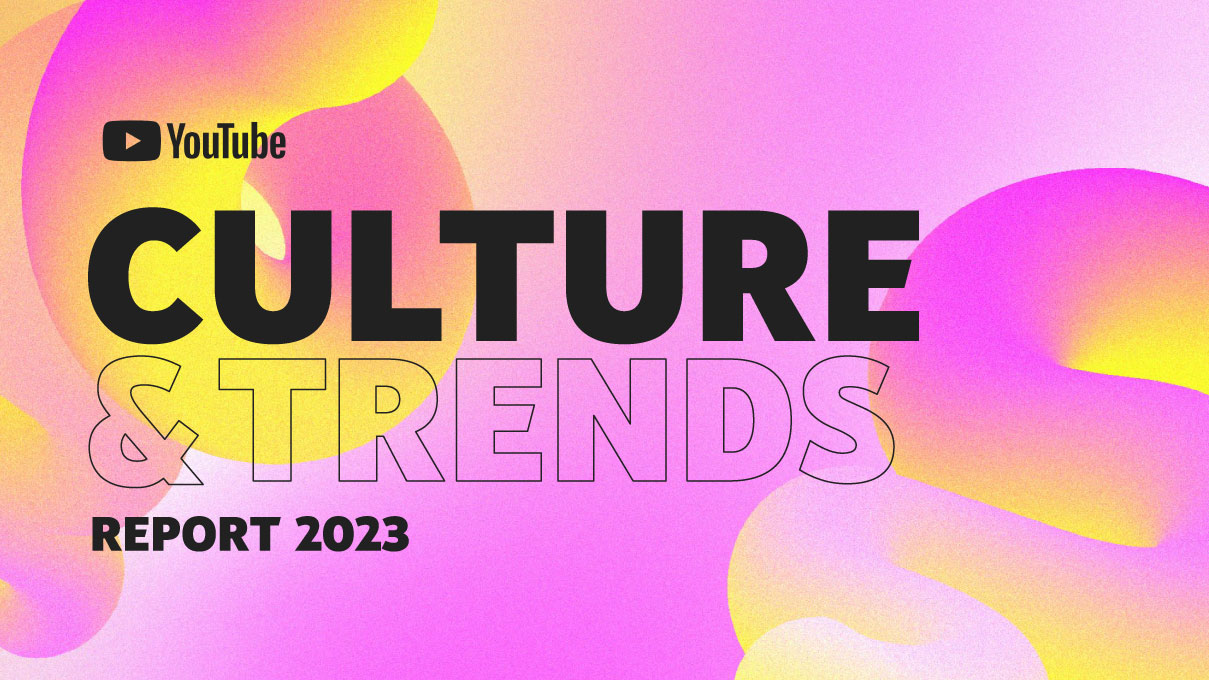Billy Corbyn is creative director for Google EMEA's Unskippable Labs where he partners with brands all over the region to explore hypotheses about what makes video ads irresistible to watch.
Some studies suggest that the human attention span has de-evolved, dropping from 12 to 8 seconds1 and yet YouTube watch-time is increasing – with many popular channels offering videos comparable in length to traditional TV. So, how can our attention spans be falling, when we are consuming more?
To solve this apparent paradox, we formed an alternate hypothesis: maybe our perceived drop in attention span actually comes from the fact that we’re now making decisions much faster. There’s an increasingly popular theory that much of our decision-making happens subconsciously, based on experiences that we’ve already had.
Therefore, if we as consumers have been exposed to advertising for the majority of our lives, perhaps our subconscious brains have come to understand the signals of what we know to be advertising. And so, when we receive such a signal, in an environment categorised by choice and adaptation – namely, the choice to skip – our muscle memory kicks in and our subconscious brain acts as a filter. If this is true, then the key consideration isn’t whether advertising is ‘good’ or ‘bad’ – that’s too binary. It is about adapting creative that flexes this muscle, bypasses the subconscious, and accounts for this new attention shift.
There’s more than one way to tell a story. One size no longer fits all. It’s never been a more exciting time for marketers to experiment and serve viewers with new journeys and experiences.
Here are 5 principles to follow:
1. Transform the traditional narrative arc
A lot of advertisers are still building for TV with a ‘lead in, build a climax and big reveal’ narrative format. Whilst this can be effective at driving results, could there be other ways to flex the single asset to drive effectiveness further? Answer, yes! But remember there isn’t one way to tell a story, so consider the following ideas.
Engage viewers quickly with a barrage of intrigue and colour rather than long establishing shots. Consider a multiple of formats and sequences – start with a strong cue, make unexpected shifts, and use different camera angles. We've run experiments on this and we’ve found that this type of narrative can drive brand metrics, especially for people who skip ads, because it gives them so much more straight away.
Also consider taking the viewer straight into the story; use a direct scene from the film (see this example for Alita Battle Angel) or use a first-person perspective which draws a viewer in versus setting up a premise. This more content-driven approach has shown to not only drive effectiveness with core audiences, but also the broader non-core audiences too.
2. Customise a story based on your audience
Viewers have different tastes and that creates opportunities for marketers. Consider going beyond one creative for all audiences to experimenting with different executions based on targeting signals. Tuning creative for audiences can range from gender cuts to interests such as affinities.
A great example of this was Mr Porter’s 2018 Christmas campaign. With a big ambition to reach a wider audience beyond its core audience; female as well as male shoppers, attracting new shoppers in addition to their already-engaged, loyal, customer base – they knew a one-size-fits-all creative wasn’t going to cut it.
For their experiment, Mr Porter curated a suite of creative assets and learnt that tuning their ads for the audience and telling a sequential story was essential to driving results.
3. Go from story to ‘stories’
However thinking about it as marketers, we put a lot of pressure on a singular creative asset being able to generate the KPIs and results we need. When it comes to online video advertising, many brands are still relying on that one asset. It can take more than one clever ad to grab attention and the forced 30‑second ad spot doesn’t always fit the way people watch today — entirely on their own terms, seamlessly shifting between devices and channels.
Video ad sequencing updates the traditional model, allowing you to serve up a planned sequence of ads that tell a story to users in a linear sequence. This new technology makes sequencing manageable and offers gains for marketers. It's proven to be more memorable than the 30-second ad spot.
Explore 3 different types of narrative sequencing below (and take a deeper dive into these approaches here):
- Tease, amplify, echo: Seed an idea to intrigue your audience, amplify it to offer a deeper experience, and echo to remind your audience or spur action.
- The miniseries: Break your story into thematic chapters over time.
- The direct shot: Stick to one concept, communicated in different ways.

4. Offer up stories based on user behaviour
In a world of user signals, video ad sequencing doesn’t only allow you to tell a linear story, it also allows marketers to tap into viewer's behaviour and deploy a storyline based on interaction. In a world of choice, sequential messaging allows creative to be deployed based on if a user skips or views, transforming storytelling.
One example of a brand we've partnered with to explore this opportunity was 20th Century Fox. They have transformed the way they market movies online, establishing an innovative test-and-learn strategy to experiment with new forms of storytelling. For its movie The Greatest Showman the team experimented with video ad sequencing. They started with a base level creative, and depending on how users engaged with that creative, they would serve up new types of content in a sequence thereafter. For example, if someone watched the base level creative— a trailer asset featuring the main character — they were later served a longer-form piece on the making of the film.
But, what if a viewer skipped the initial creative? Our hypothesis was the viewer may have preferred a different character – so 20th Century Fox cut a secondary short-form trailer featuring characters from the supporting cast. When tested, we found this approach to be 149% more effective at driving considerations when compared to a singular creative.
They took a similar approach to YouTube Works award-winner, Deadpool 2. The team added a more intricate twist by creating different versions of the sequence, based on whether each user watched or skipped. They utilised Deadpool to interact directly with the viewer, delivering bespoke skip and view messages. Viewers who watched the whole trailer were rewarded with an exclusive deleted scene on their next YouTube visit. With this campaign, it delivered the highest digital download conversion rate they’d ever seen for an action film3 and saw an uplift of 198% in organic title searches.

5. Evolve your strategy, as attention evolves around you
The world of attention will always be changing – there has never been a better time for marketers to explore curiosity in creative advertising.
Experimentation is not a one-time thing. The power of ‘test and learn’ lies in creating a dedicated roadmap to help you continually map your ads impact. Test different video formats and see which have captured the most attention and driven results. Then, you can build out your online video strategy from there.
To learn more about video ad sequencing and clever ways to tell your brand story, immerse yourself in this interactive: Why you remembered that YouTube ad. Drawing on consumer research, we tested five narrative structures across six different countries to understand their influence on three key metrics: brand awareness, ad recall, and purchase intent. Discover the sequences we put to the test, why they work, and how you can apply them to your campaigns too.







